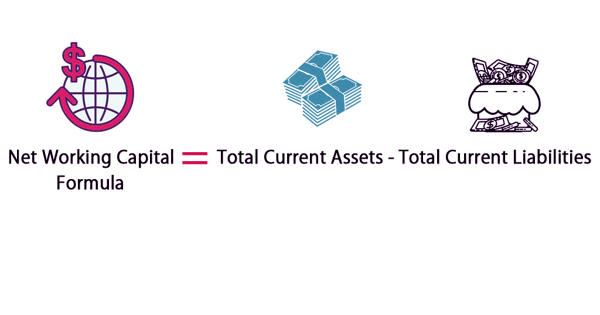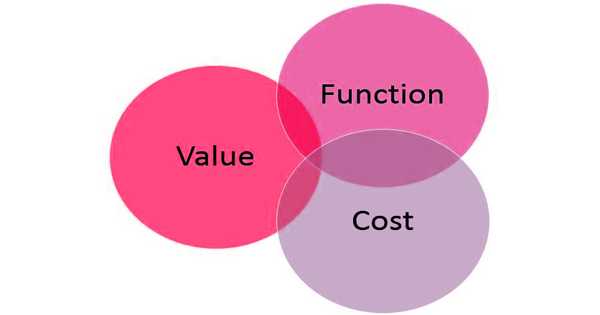Net Concept of Working Capital
Net working capital is the difference between a business’s current assets and its current liabilities. According to the net concept, working capital is the excess of current assets over current liabilities. Net working capital is calculated using line items from a business’s balance sheet. It is a measure of a company’s liquidity and its ability to meet short-term obligations, as well as fund operations of the business. In other words, the difference between current assets and current liabilities is called net working capital. Generally, the larger your net working capital balance is, the more likely it is that your company can cover its current obligations. The ideal position is to have more current assets than current liabilities, and thus have a positive net working capital balance.
Net Working Capital = Current Assets – Current liabilities
In this way, net working capital is the difference of current assets and current liabilities.
Networking capital may be positive or negative depends on the values present in the current section of the balance sheet. The result will be positive if the company has invested more in current assets supported by less current liabilities. And the results will be negative if the amount of current liabilities exceeds the value of current assets.
“Net Concept of Working Capital is a measure of a company’s liquidity and its ability to meet short-term obligations, as well as fund operations of the business.”
Net working capital shows the liquidity of a company by subtracting its current liabilities from its current assets. These are the line items from the balance sheet included in the net working capital calculation:
- Current Assets: Current assets are all assets that will be converted to cash within a year, including currency, accounts receivable, inventory, and prepaid expenses.
- Current Liabilities: Current liabilities are all short-term debts that will be paid within a year, including rent, utilities, payroll, and payments toward long-term debt.
Importance
Net working capital is important because it gives an idea of a business’s liquidity and whether the company has enough money to cover its short-term obligations. It is most helpful when it’s used to compare how the figure changes over time, so you can establish a trend in your business’s liquidity and see if it’s improving or declining. If a business has significant capital reserves it may be able to scale its operations quite quickly, by investing in better equipment, for example. It is considered the backbone of every business as it plays a very important role in the growth of the business.
















